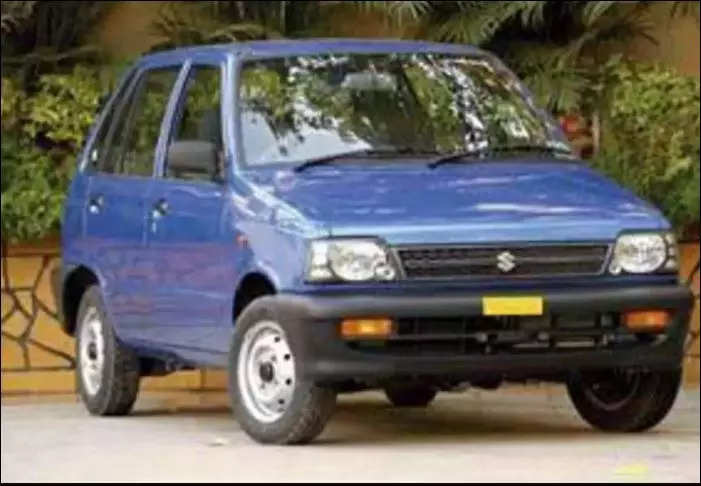The Maruti 800 was ahead of its competitors in terms of technology. It was smaller, lighter, and easier to drive and maintain. Additionally, it offered better mileage. When it was launched, it generated immense excitement among people from all walks of life. It wasn’t just for the rich or the poor; it became the car that everybody wanted, from industrialists to senior executives. Owning a Maruti 800 became a status symbol.
This small car replaced the Bajaj scooter as the dream vehicle of the Indian middle class and paved the way for other car companies that followed. Maruti, with its Japanese management and process systems, played a crucial role in modernizing the local industrial landscape and making India mobile.
When Maruti opened bookings on April 9, 1983, it immediately struck a chord with Indian buyers. Around 120,000 customers eagerly put down an advance of Rs 10,000 during the pre-launch phase. The waiting period for the car was as long as three years for those at the bottom of the list. By June 8, just two months after bookings opened, the orders had crossed a staggering 1.35 lakh units.
At its launch, the Maruti 800 cost Rs 52,500 in Delhi. Delivery of the cars began on December 14, 1983, which coincided with Sanjay Gandhi’s birth anniversary. The first 10 allottees, chosen through a transparent draw of lots, received their keys from Prime Minister Indira Gandhi herself. The first car was handed over to Harpal Singh, an Indian Airlines employee, who had sold his Fiat car to buy the Maruti 800. Singh became a part of Indian automobile history, and his picture with the PM is still remembered today.
The Maruti 800 quickly became a favorite among the rich and the poor alike. Its dependability and ease of maintenance, supported by Maruti’s extensive dealer and service network, won over the hearts of Indians. People were so eager to own the Maruti 800 that even the wealthy competed with the general public for early delivery, simply for bragging rights. The car continued to receive upgrades and improvements throughout its lifespan, maintaining its popularity.
The Maruti 800 went on to clock a cumulative 1 lakh units production in 1986-87 and crossed 5 lakh units cumulative production milestone in 1992-93. It then doubled it to 10 lakh units by 1996-97 and crossed the 15 lakh units milestone in 1999-2000. The small car went from strength to strength and M800 production crossed the cumulative mark of 20 lakh units in 2002-03 and and 25 lakh units in 2005-06.
It reigned as the numero uno ‘people’s car’ despite others like Tata Nano attempting to challenge it later on.
The M800 not only altered the course of personal mobility in India but was also the cornerstone on which the then Maruti Udyog Ltd, a public sector enterprise, went on to become a dominant force in the automotive industry proving everyone wrong from what started out as an “accident” doomed to fail.
As MSI Chairman RC Bhargava once said at a time when the existing car manufacturers Hindustan Motors and Premier were not even allowed to import technology, a public sector company was founded in such a low priority area and was asked to bring in foreign equity.
Everybody thought or believed that this was a political project which in a way it was. The same belief was known to all the carmakers the world over. When initially the government and then later Maruti approached carmakers for collaboration and become joint venture partners, nobody was willing to put in 40 per cent equity in cash,” he had told PTI in an interview last year.
The global manufacturers were offering only second-hand equipment, dyes and fixtures but Suzuki was the only company that was willing to invest, for which Osamu Suzuki was also severely criticised in Japan, Bhargava said.
After selling over 27 lakh units and covering countless kilometers across India, the Maruti 800 finally bid farewell in 2014. The introduction of stricter BS4 emissions norms made it unviable to continue production, and the relatively younger Alto took its place as an entry-level car. However, the legend of the Maruti 800, the people’s small car, lives on.








